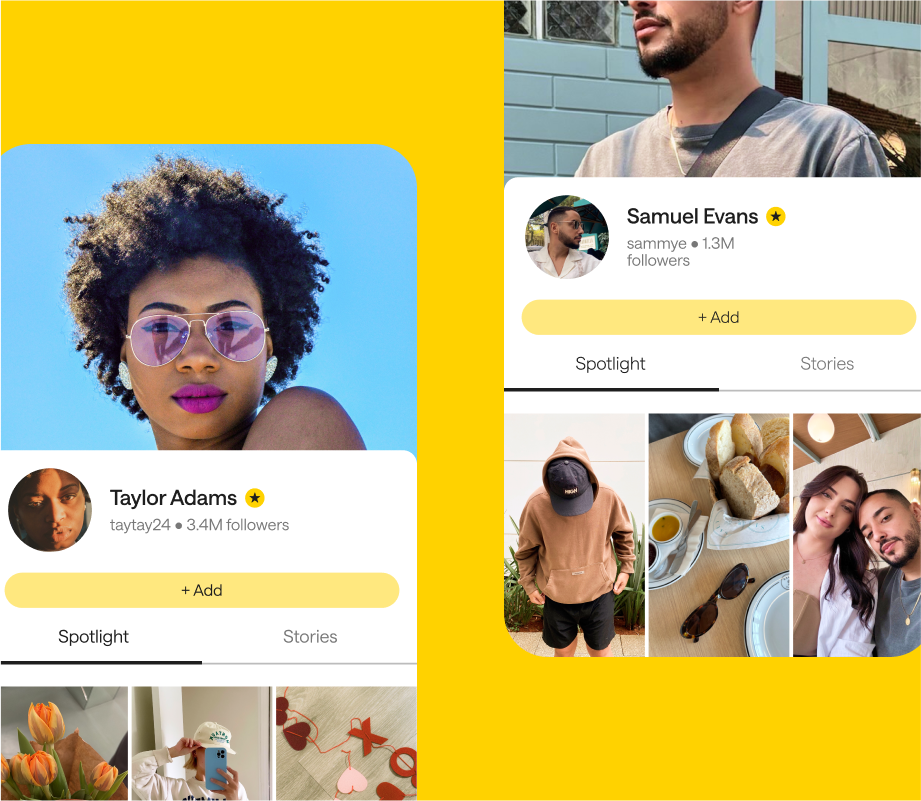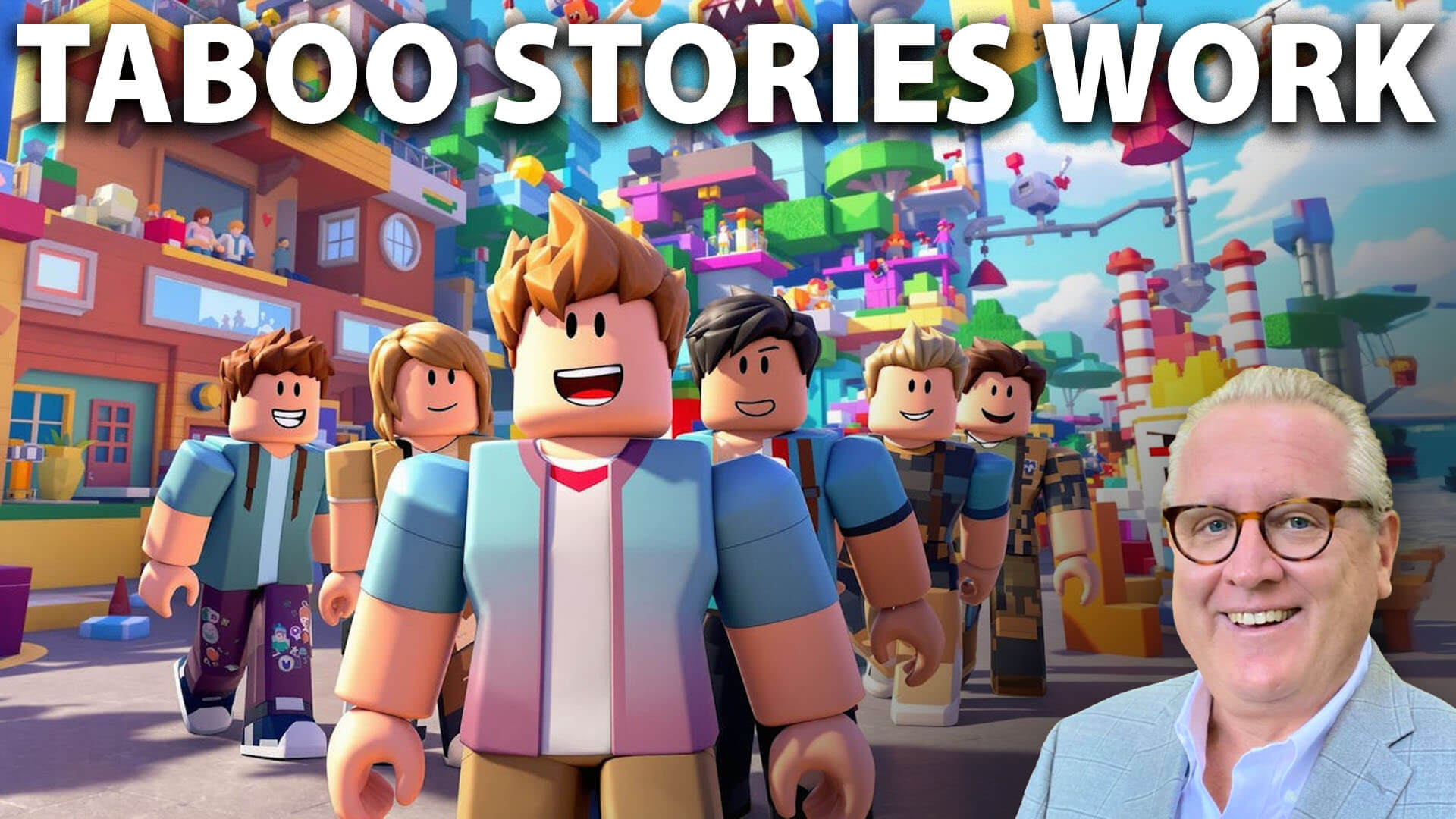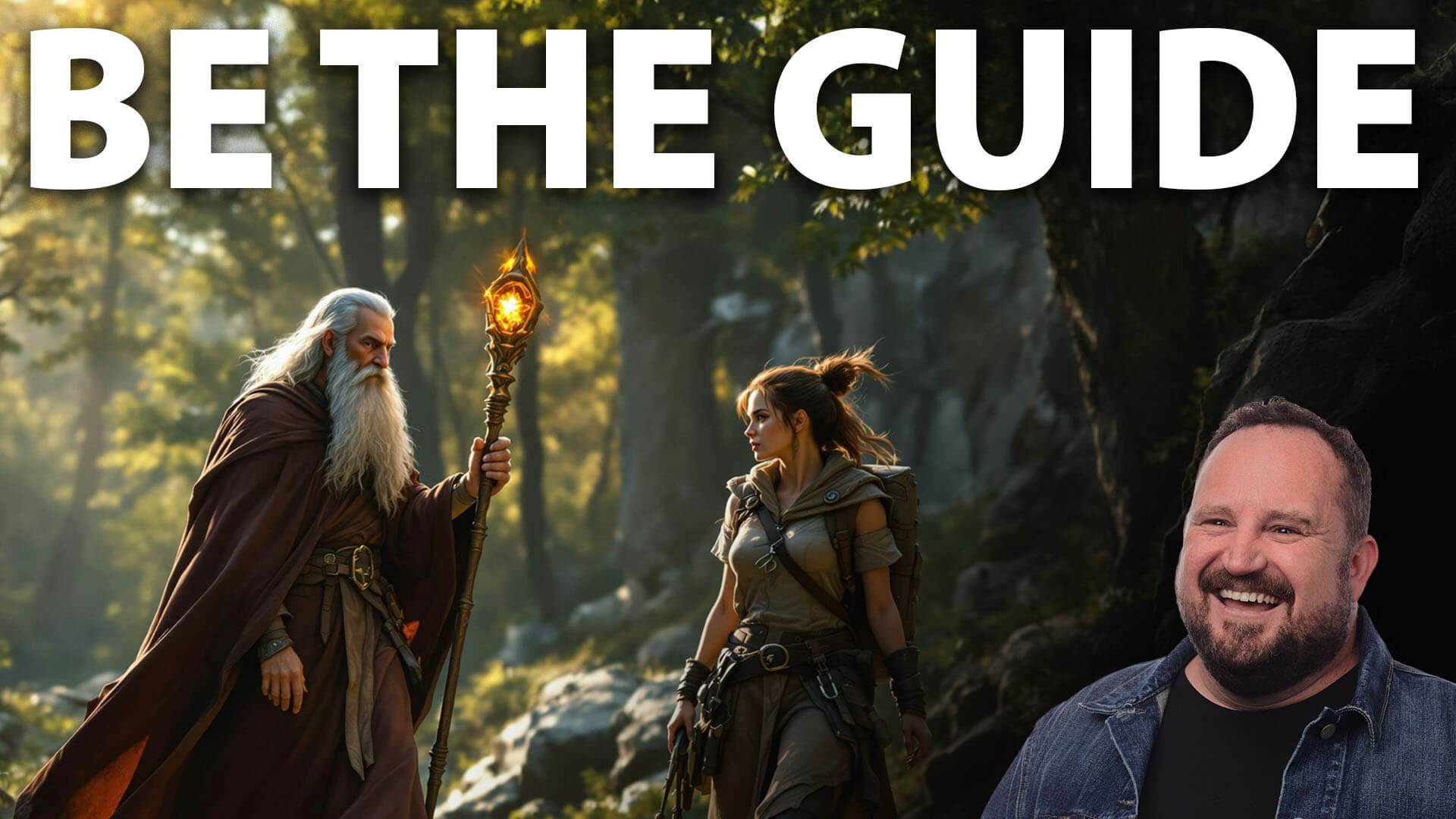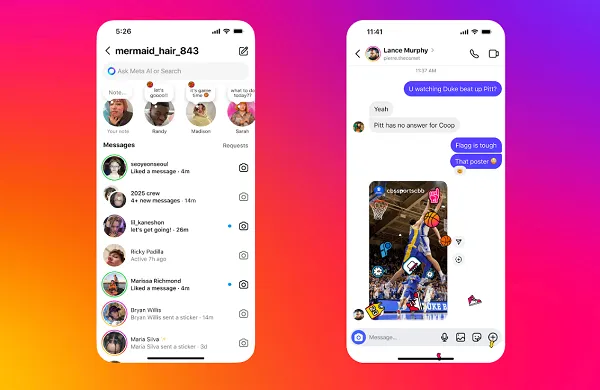WHAT MAKES A BIRD?
Spread by spread, the young narrator considers different features: feathers, beaks, wings, eggs, the ability to fly, and more. Elementary school teacher and author Pomper demonstrates an understanding of children’s thinking through the questions her protagonist poses and the connections the little one makes. The child considers a variety of beaks, then adds, “I’ve never seen an octopus, but I know it has a beak.” Birds hatch from eggs—but so do snakes and turtles. And some birds can’t fly. Each hypothesis is carefully rejected in turn. The child’s imagination begins to run wild: “Maybe a bird is what comes to mind when you close your eyes and think of a bird.” The youngster’s final conclusion contains a larger lesson: “They can be similar, different, ordinary, unique…and they can all be birds.” The realization that “the bird in your head might not be the same as the bird in mine” will surely be thought-provoking for youngsters. Hoekstra relies on swirling swoops of color in a mostly sand-toned palette, though she also seems to have taken inspiration from the hue of the bluejay, seen in the brown-skinned child’s earrings, scarf, bracelet, sandals, and hair. The birds and other creatures shown are clearly identifiable. The creators add interest by challenging readers to find and name the 34 different species shown, using a key on the last spread.


Spread by spread, the young narrator considers different features: feathers, beaks, wings, eggs, the ability to fly, and more. Elementary school teacher and author Pomper demonstrates an understanding of children’s thinking through the questions her protagonist poses and the connections the little one makes. The child considers a variety of beaks, then adds, “I’ve never seen an octopus, but I know it has a beak.” Birds hatch from eggs—but so do snakes and turtles. And some birds can’t fly. Each hypothesis is carefully rejected in turn. The child’s imagination begins to run wild: “Maybe a bird is what comes to mind when you close your eyes and think of a bird.” The youngster’s final conclusion contains a larger lesson: “They can be similar, different, ordinary, unique…and they can all be birds.” The realization that “the bird in your head might not be the same as the bird in mine” will surely be thought-provoking for youngsters. Hoekstra relies on swirling swoops of color in a mostly sand-toned palette, though she also seems to have taken inspiration from the hue of the bluejay, seen in the brown-skinned child’s earrings, scarf, bracelet, sandals, and hair. The birds and other creatures shown are clearly identifiable. The creators add interest by challenging readers to find and name the 34 different species shown, using a key on the last spread.












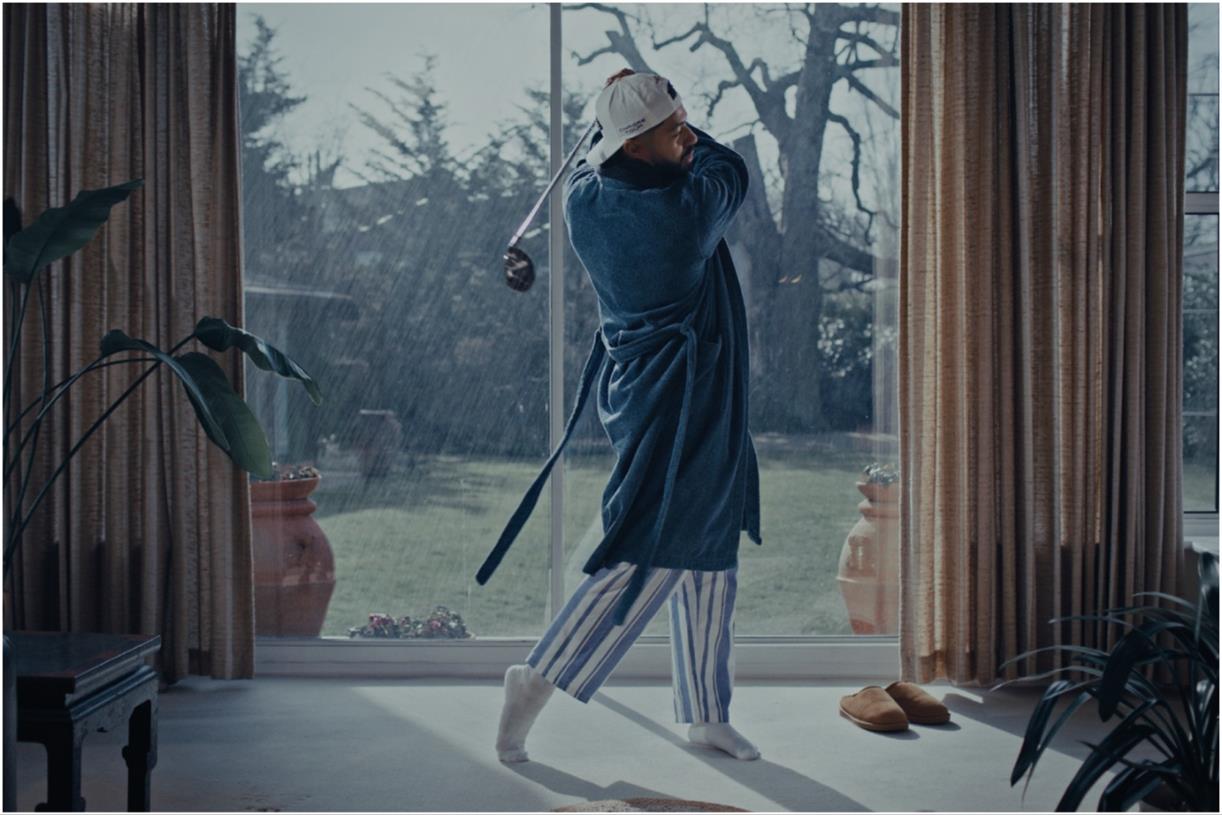
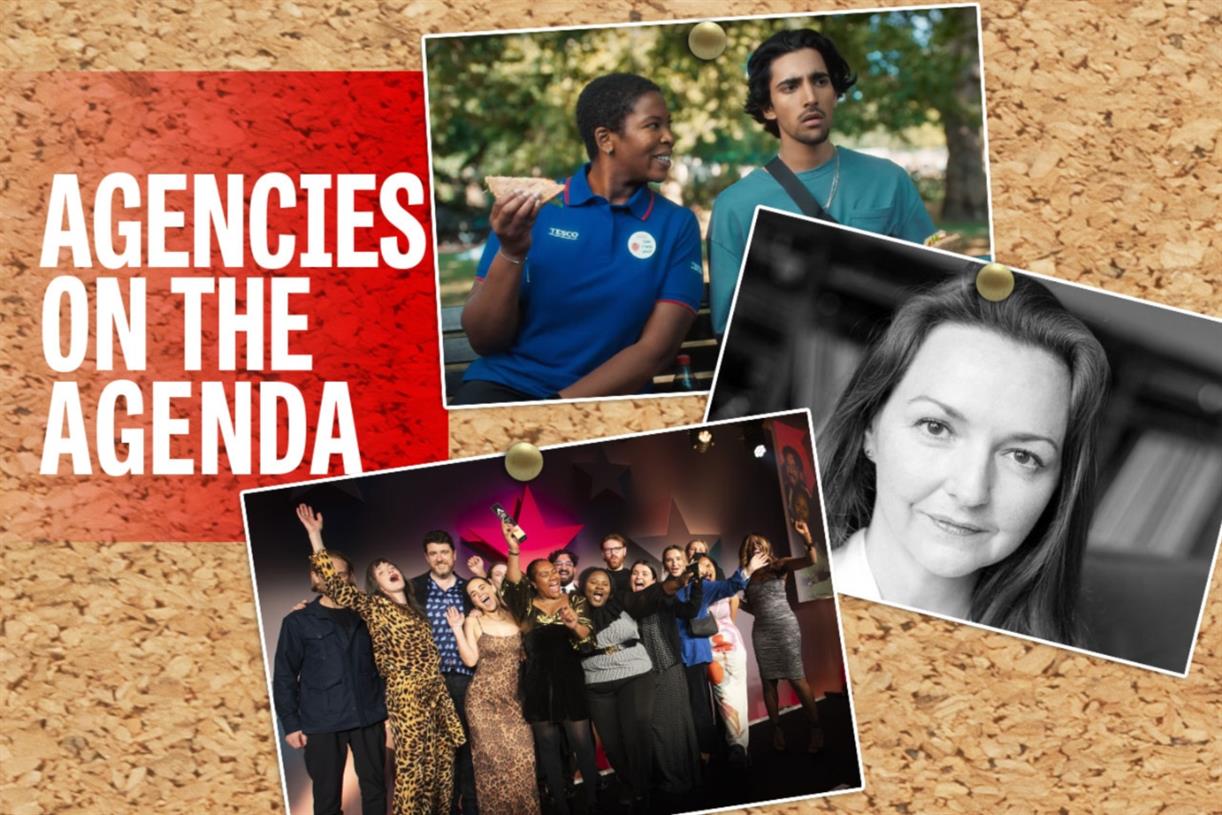
.jpg)

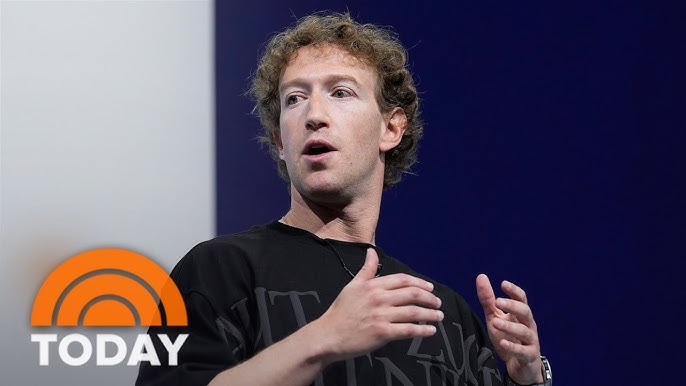
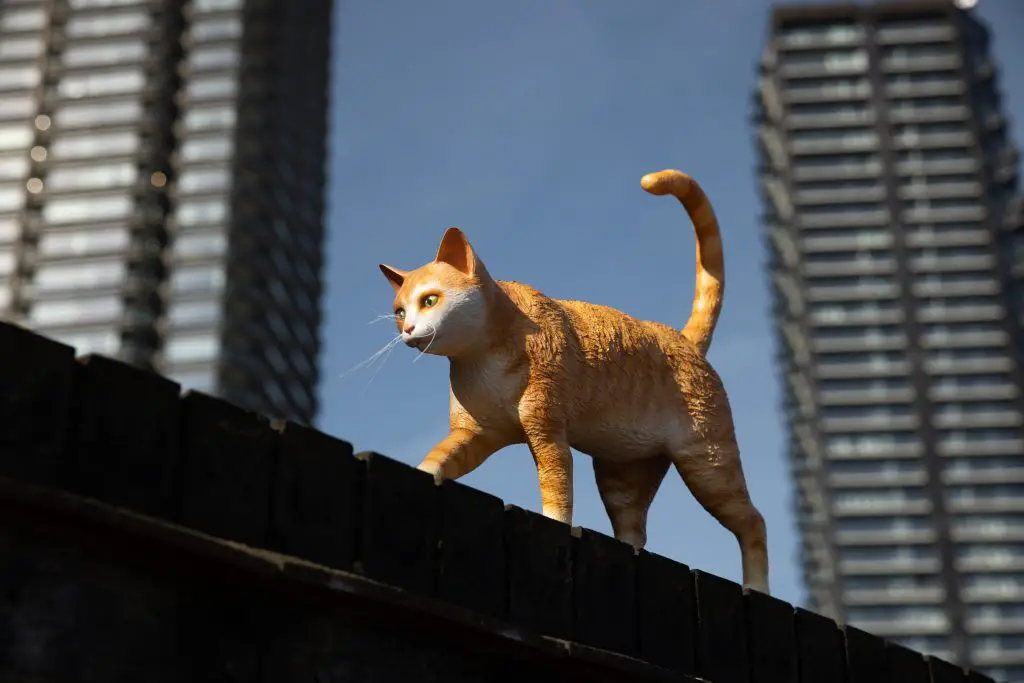
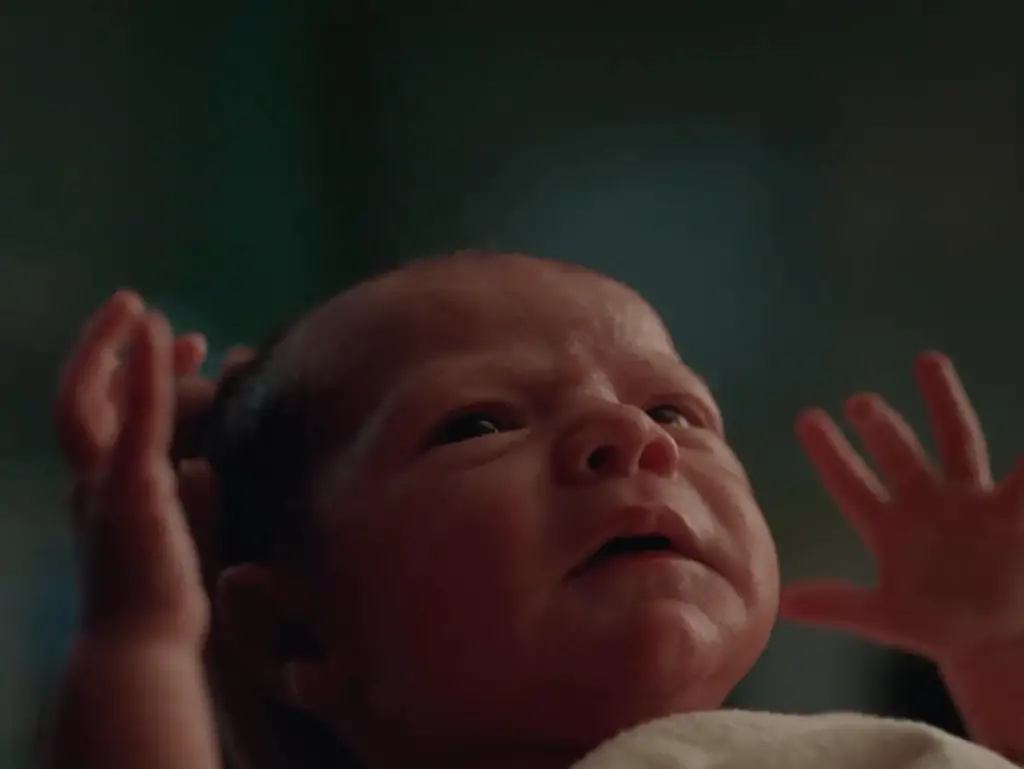







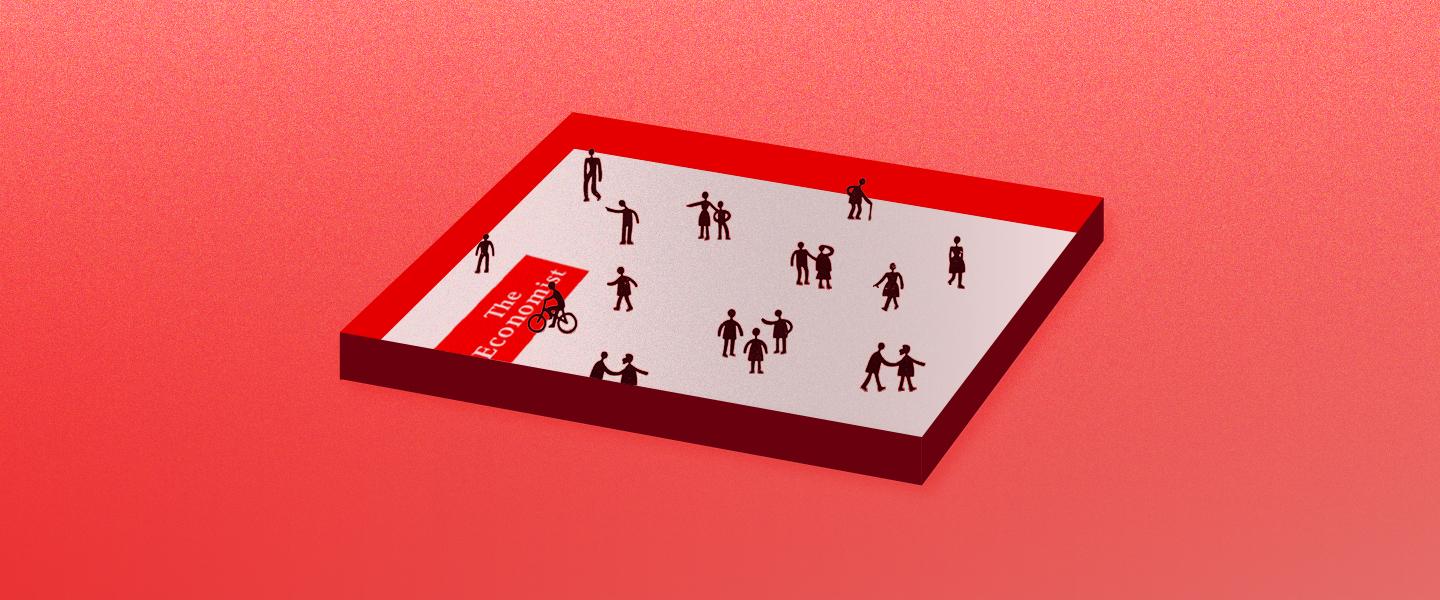





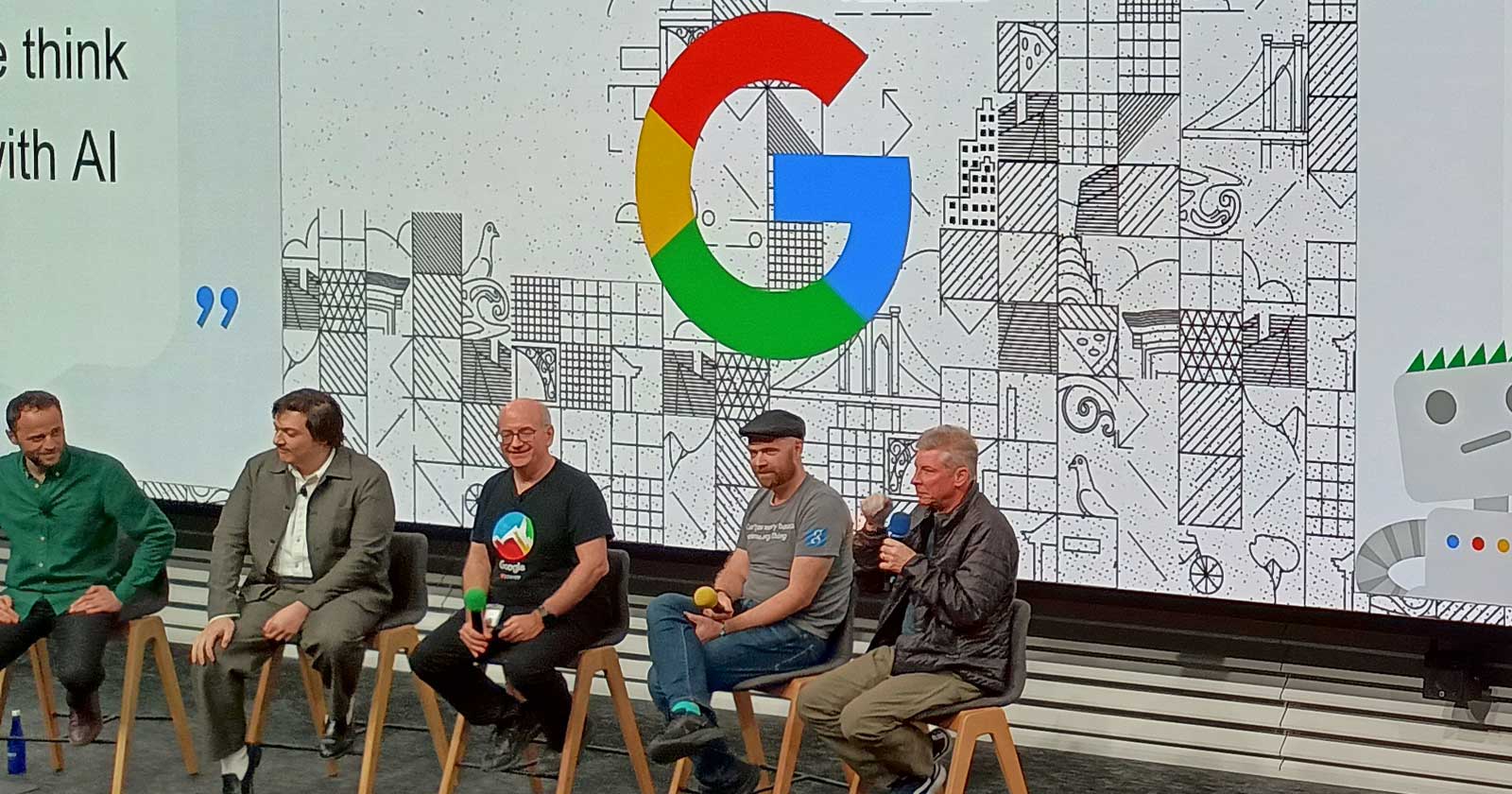
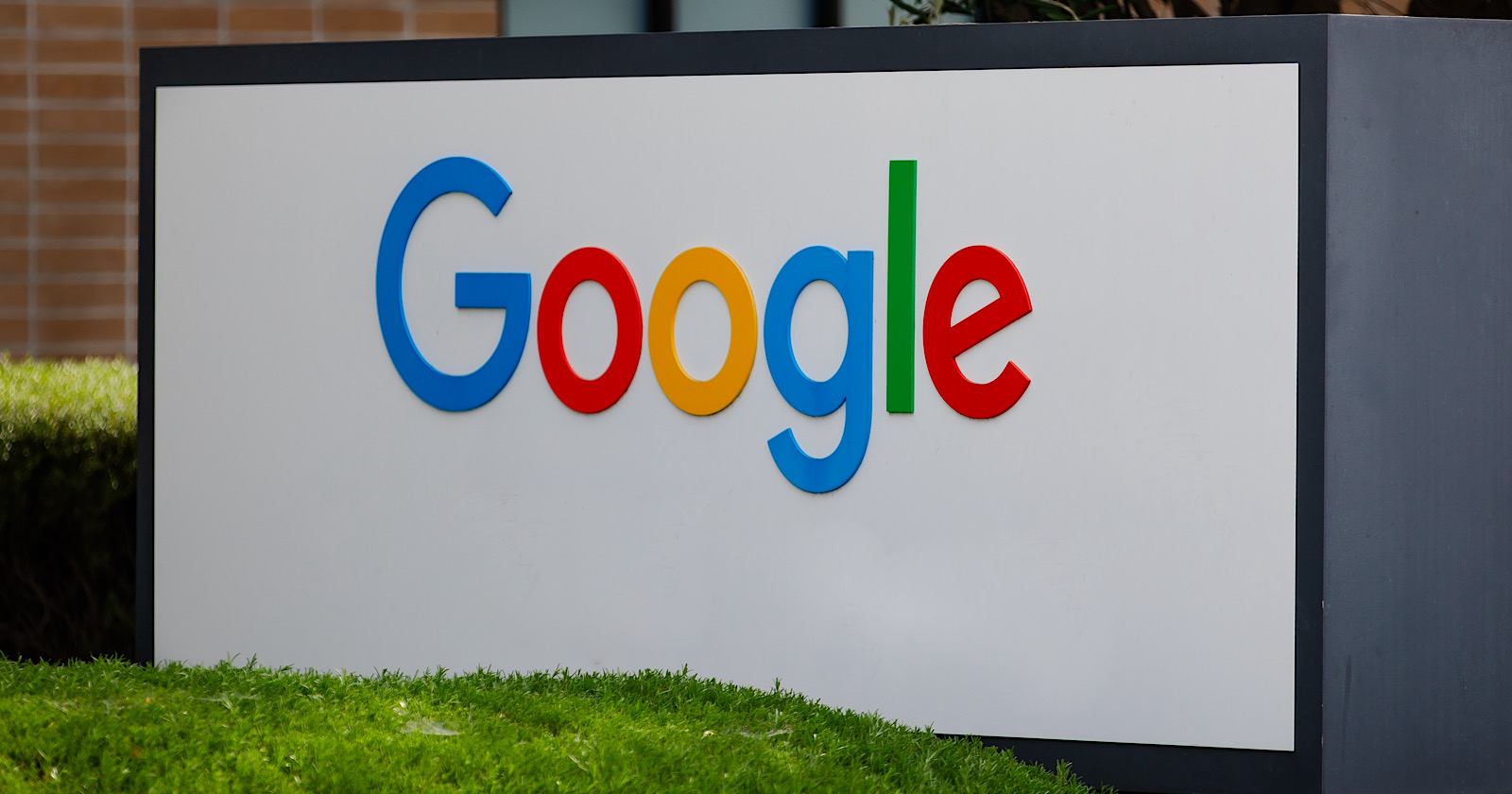





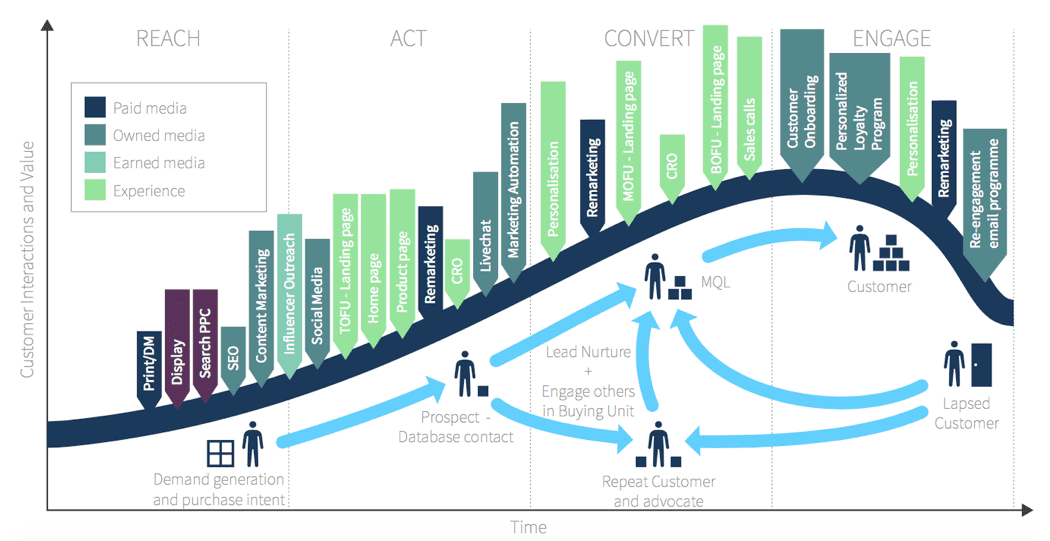
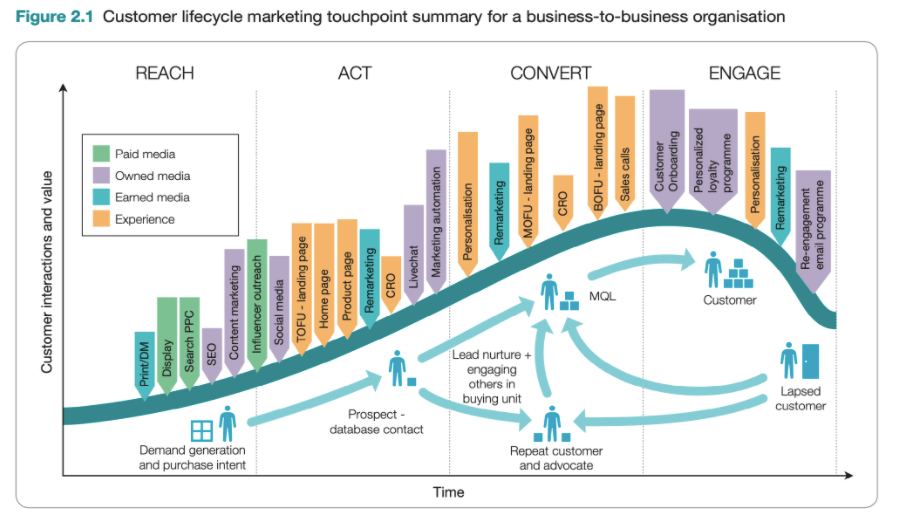
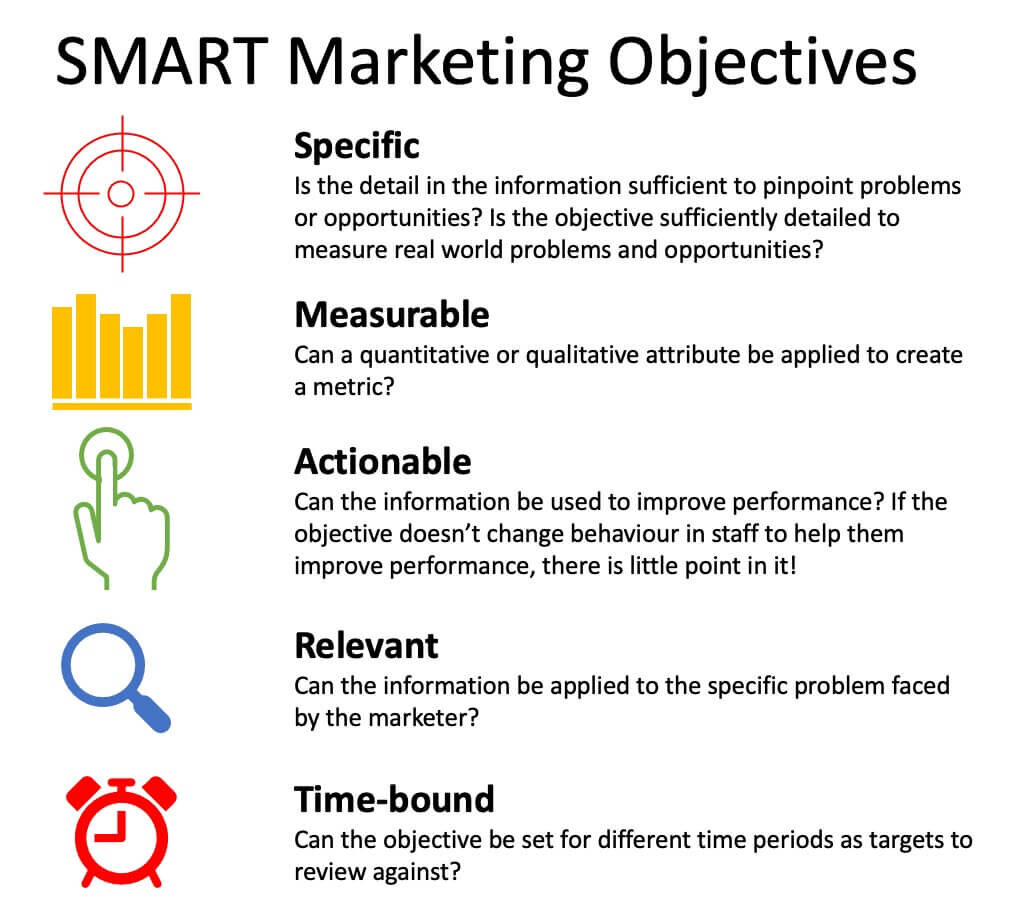
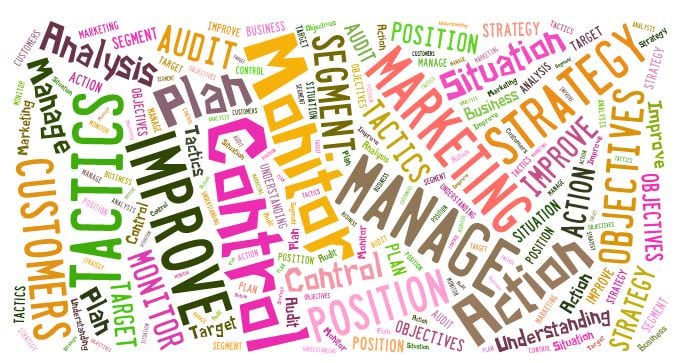


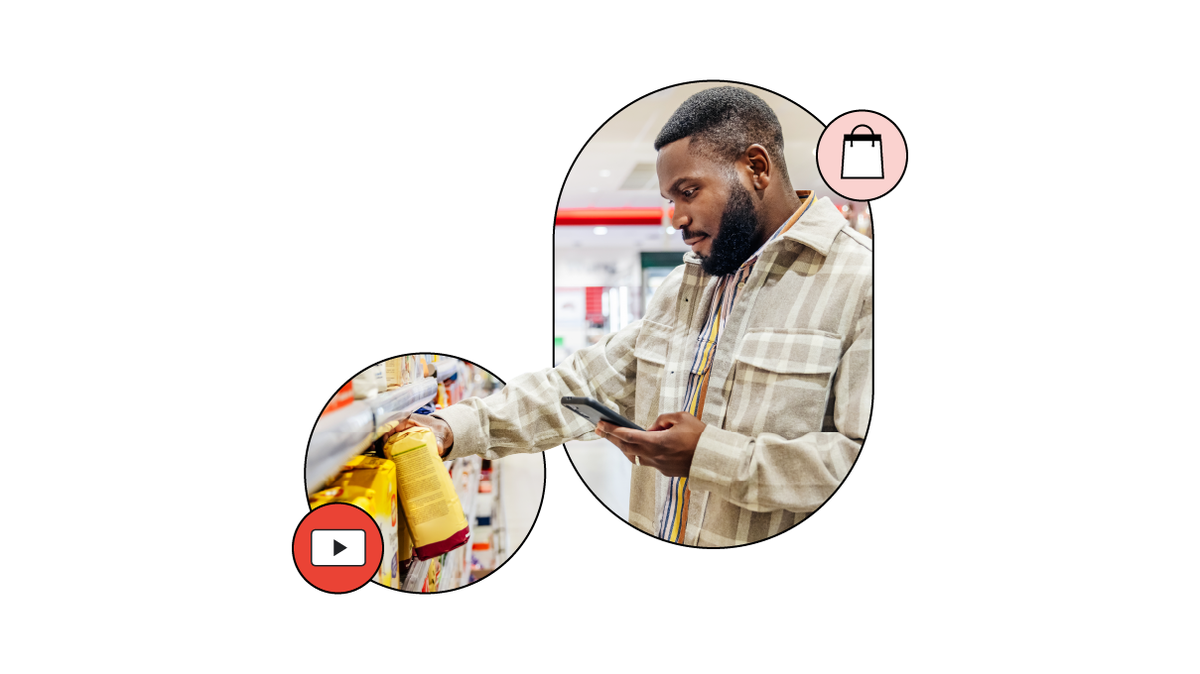
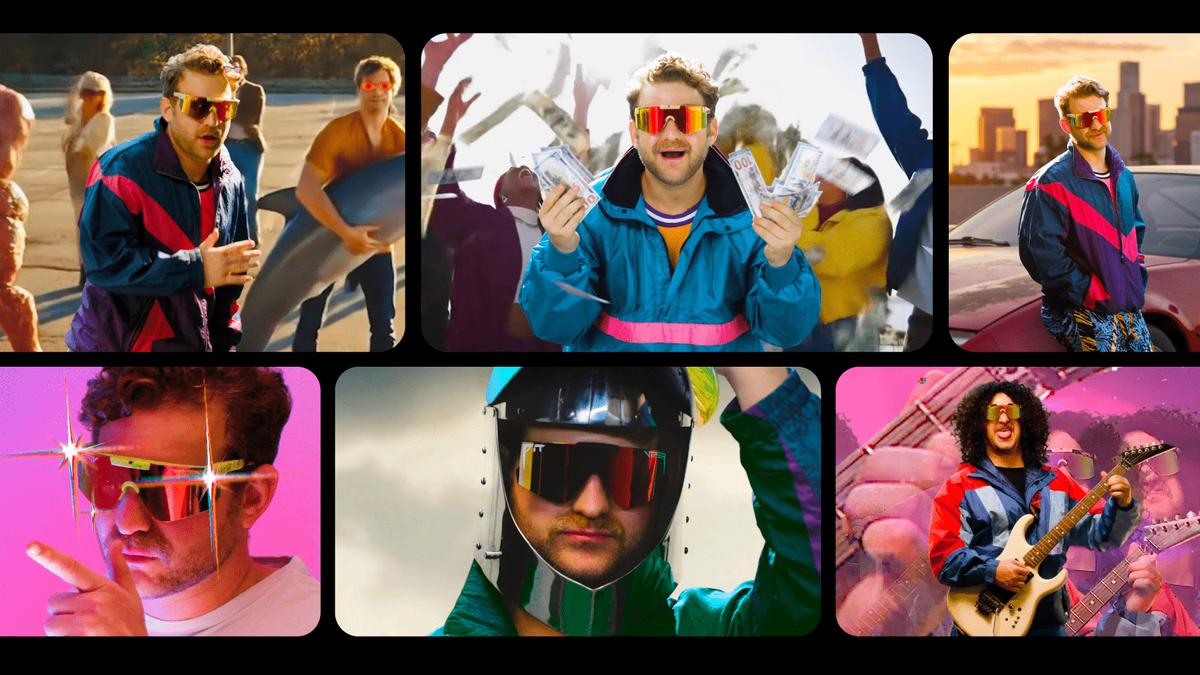




![How Marketers Are Using AI for Writing [Survey]](https://www.growandconvert.com/wp-content/uploads/2025/03/ai-for-writing-1024x682.jpg)



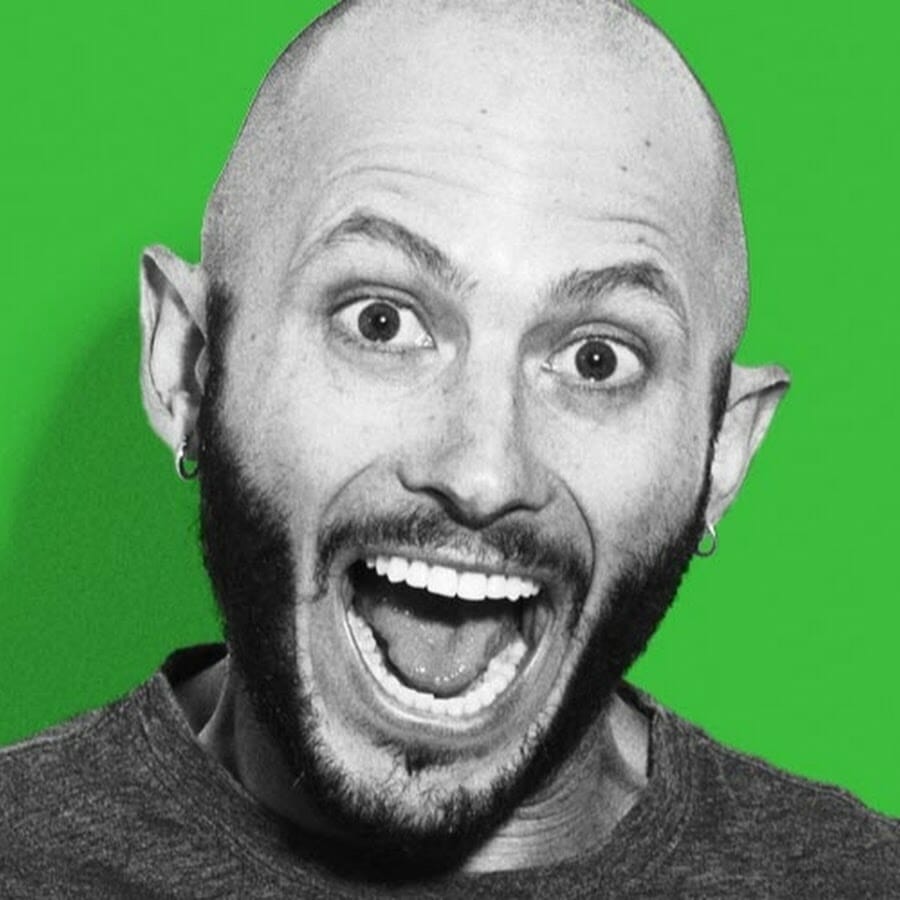
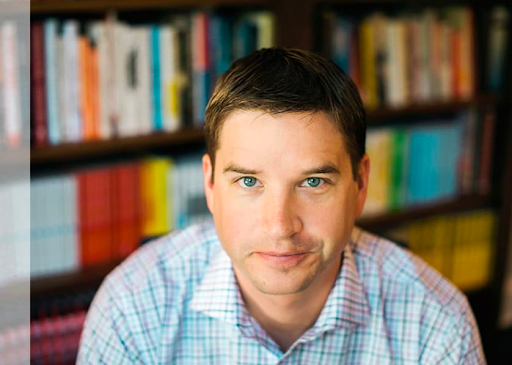
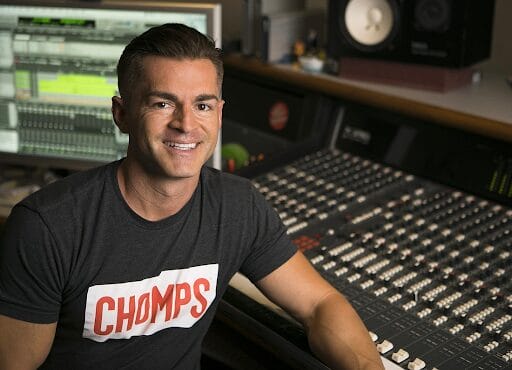


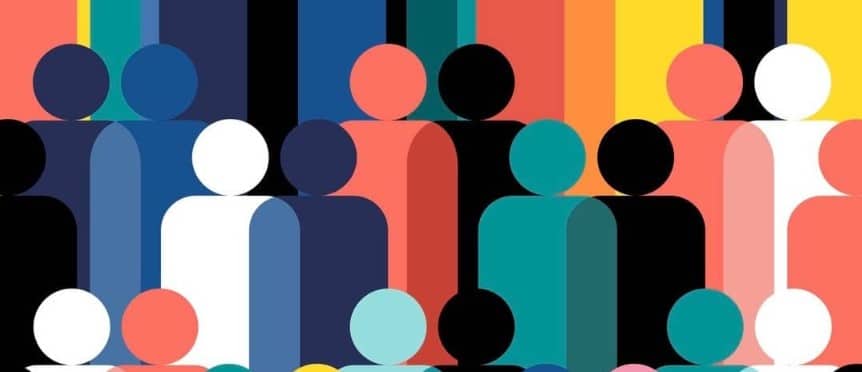





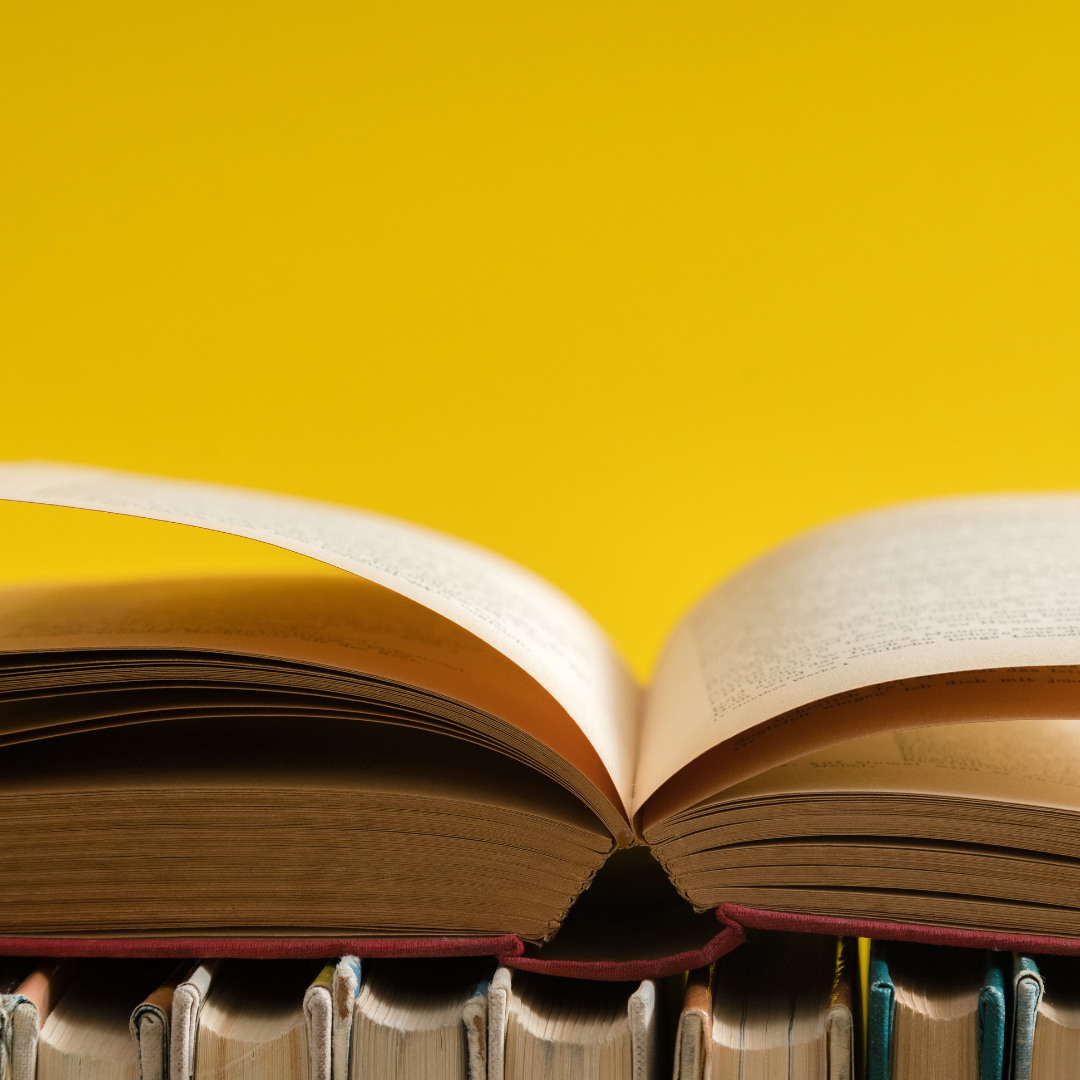

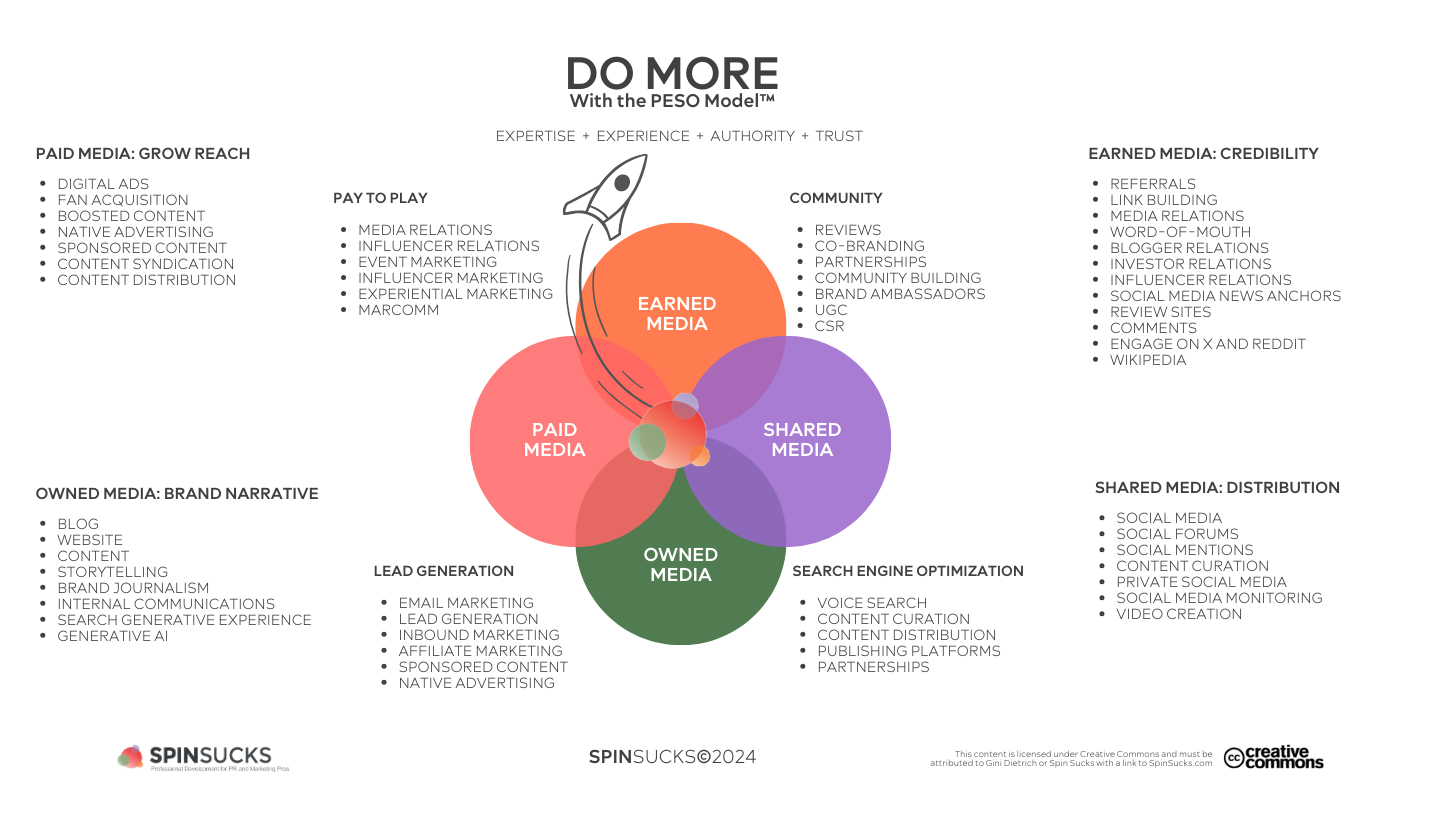
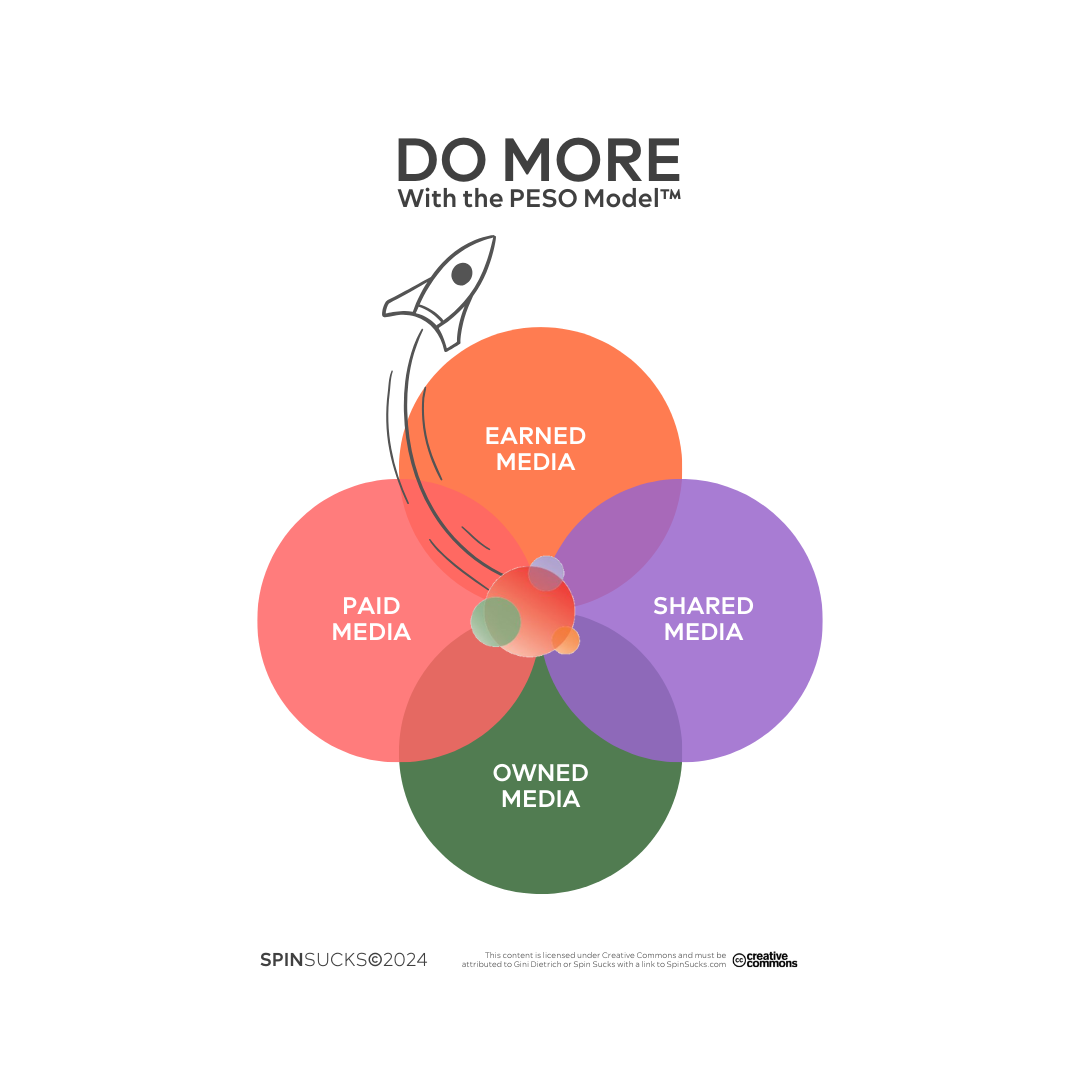





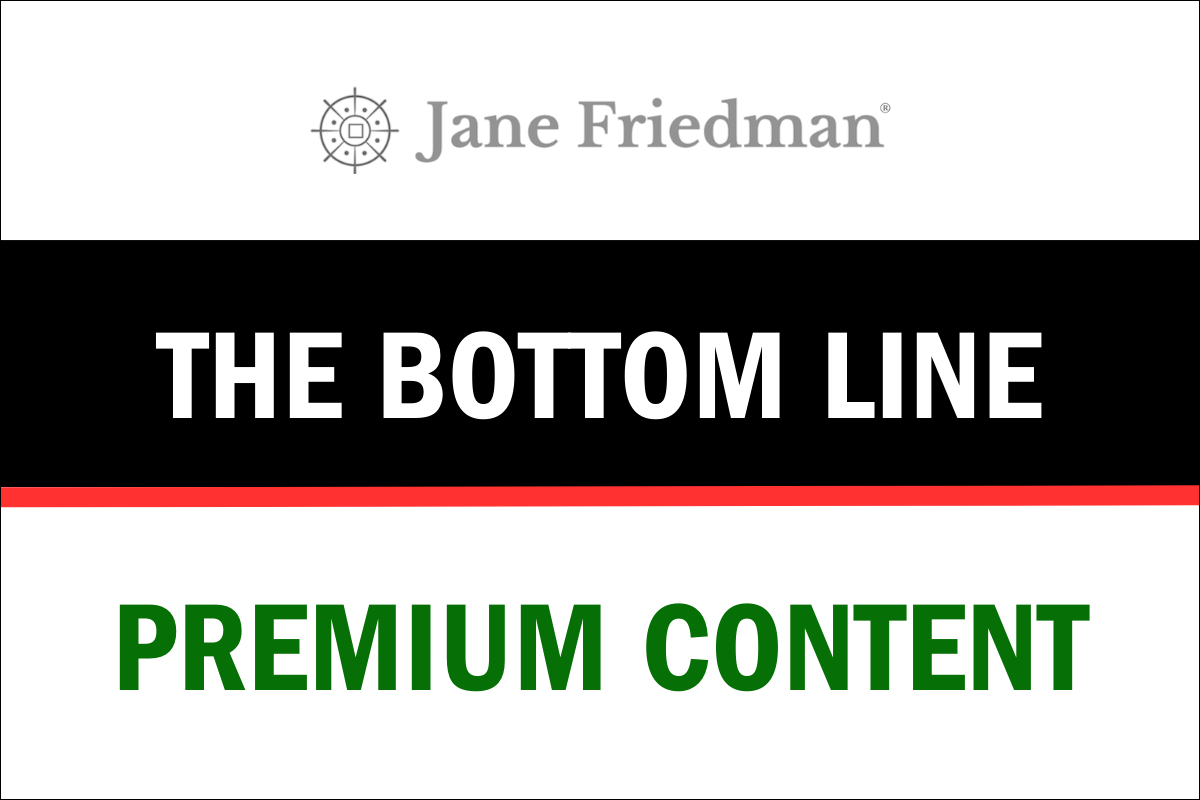






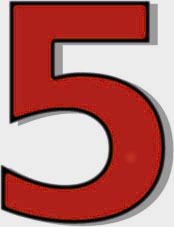




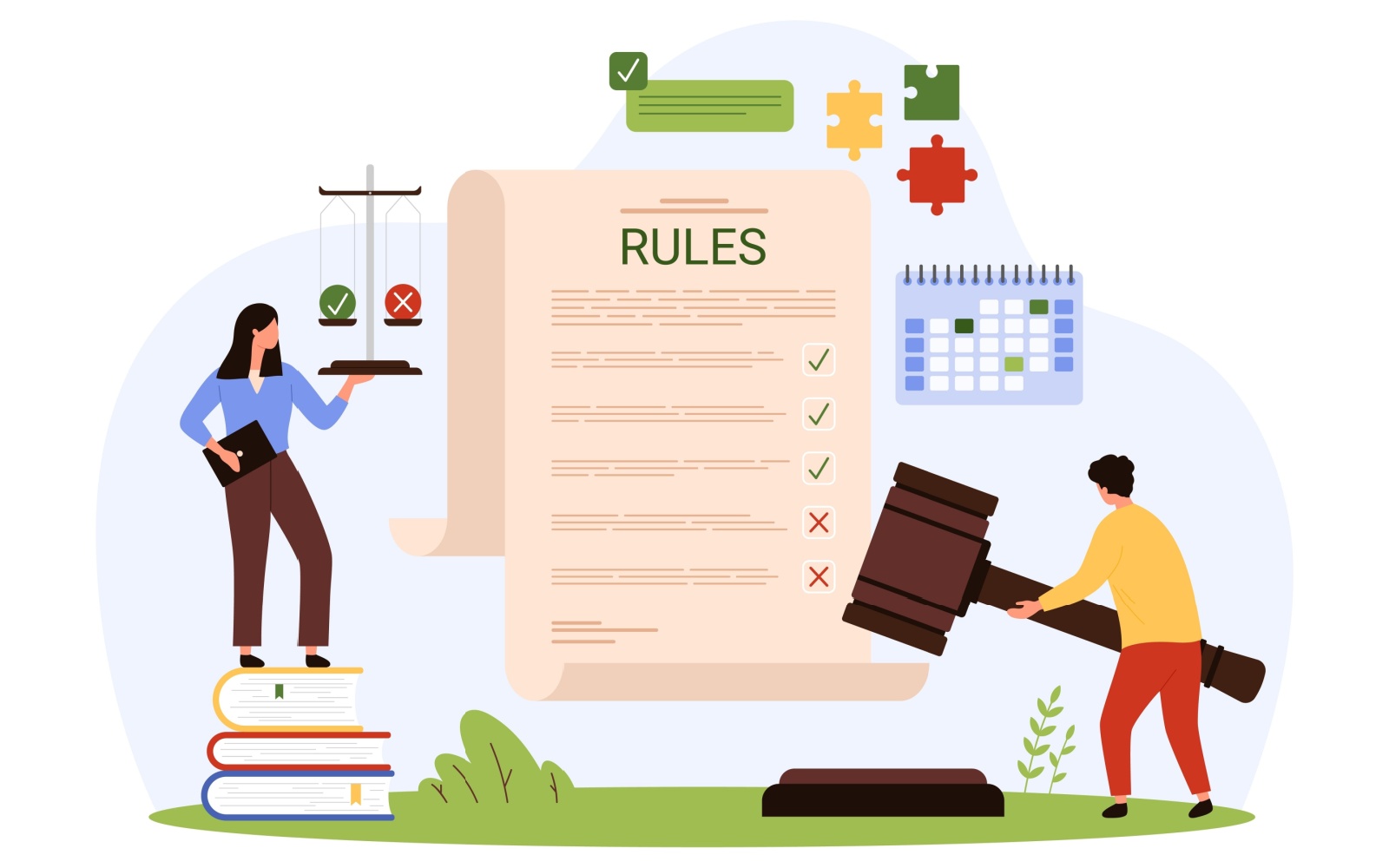

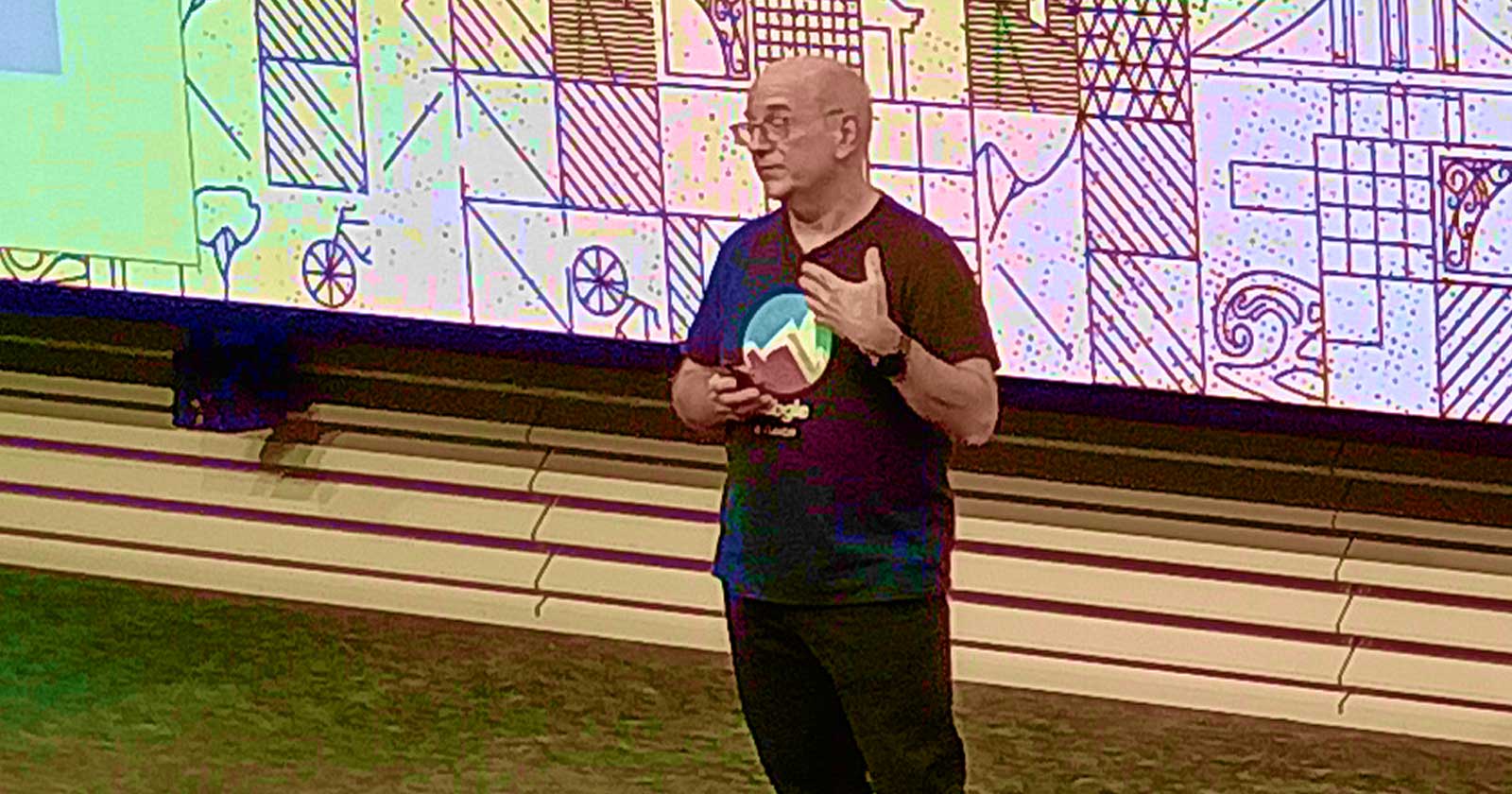





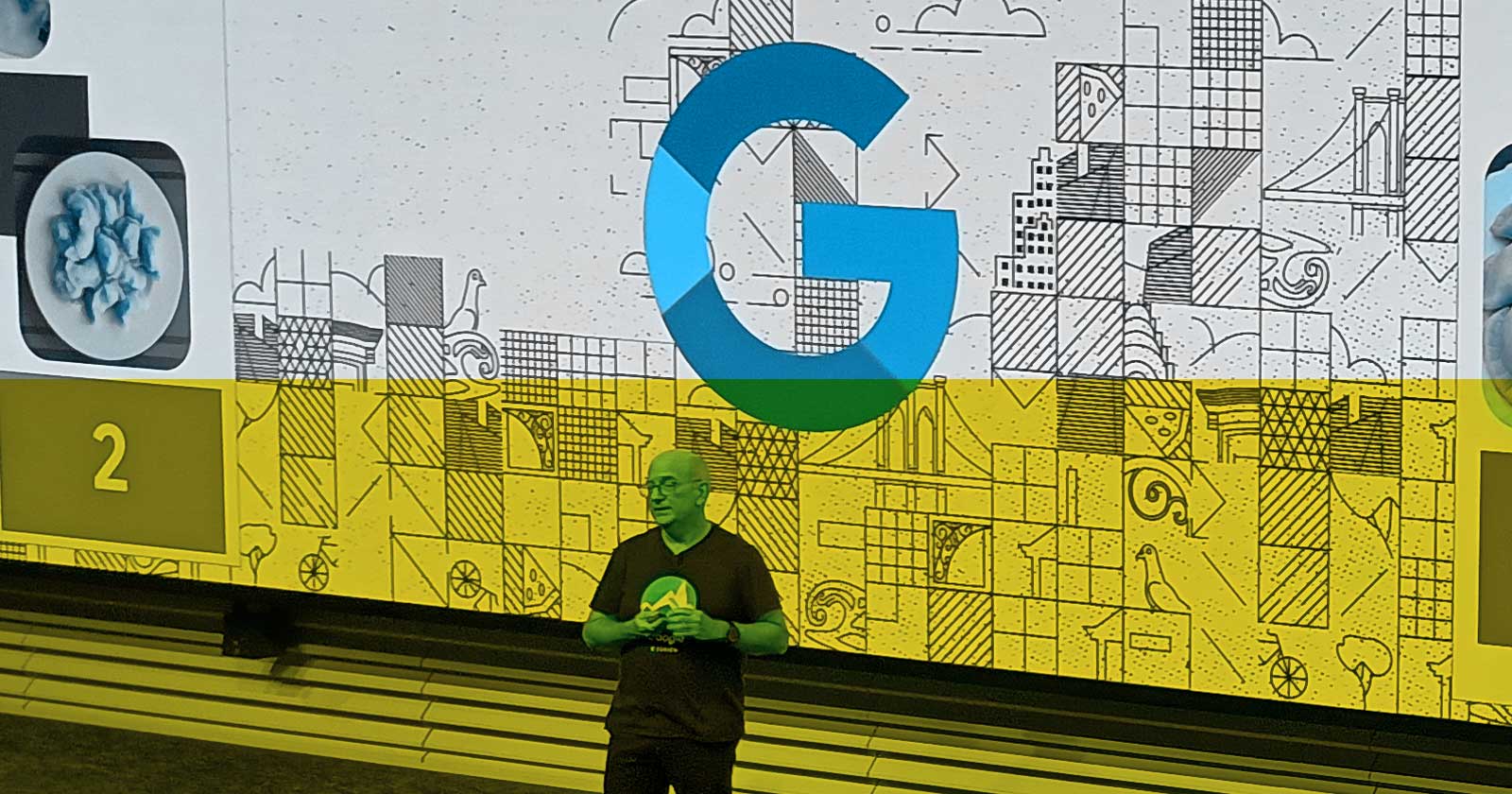



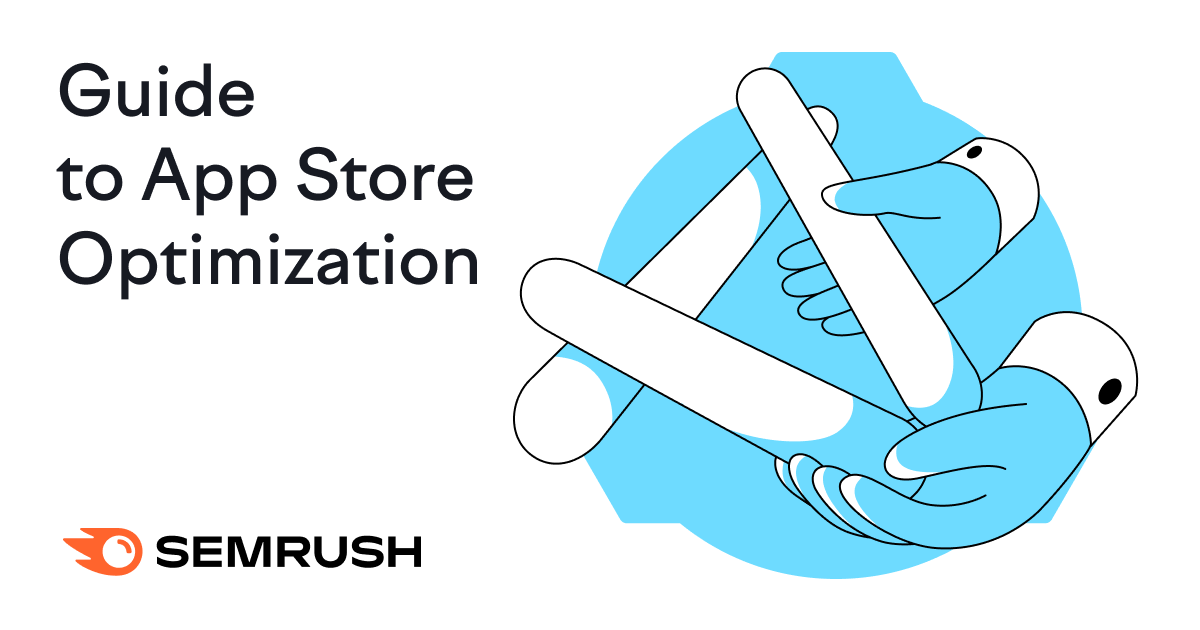
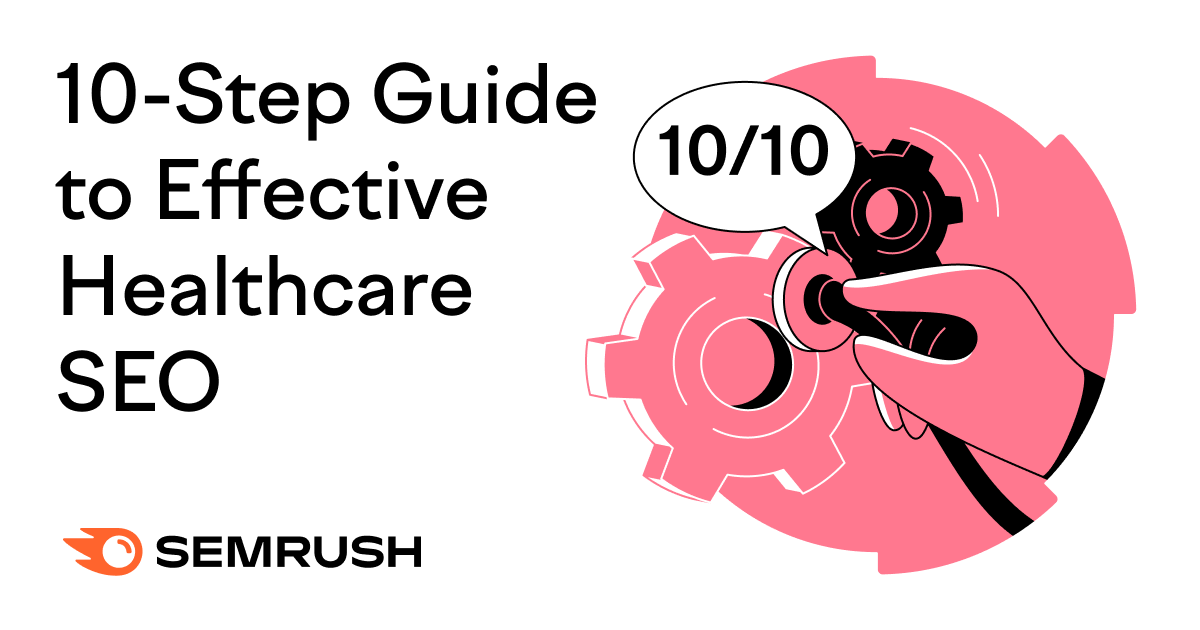


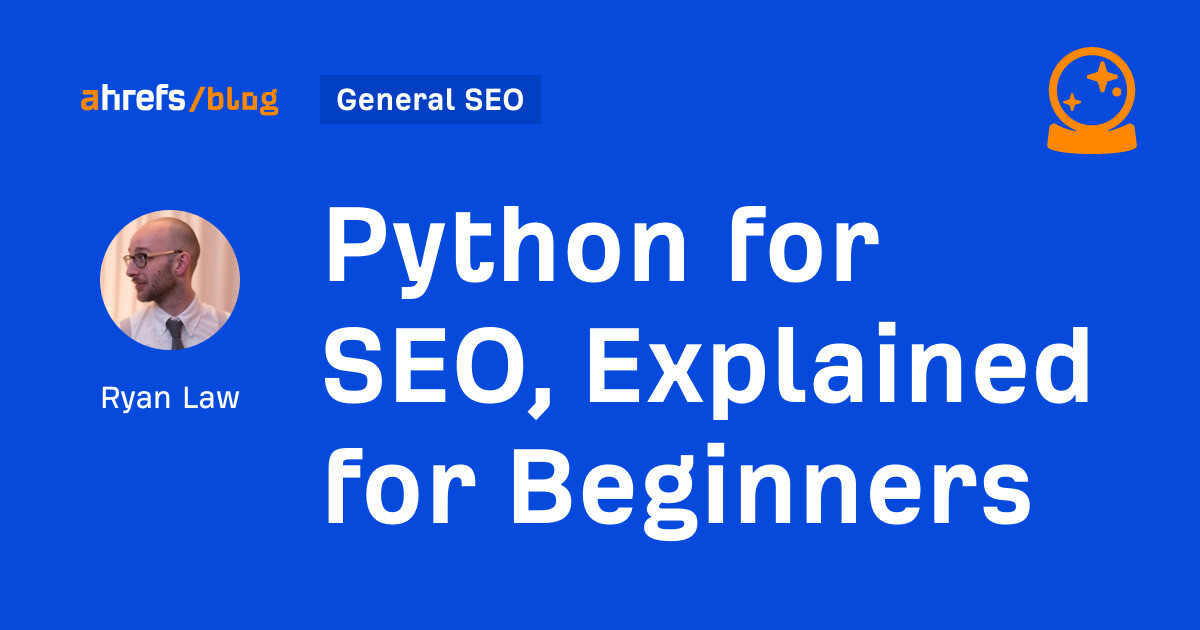
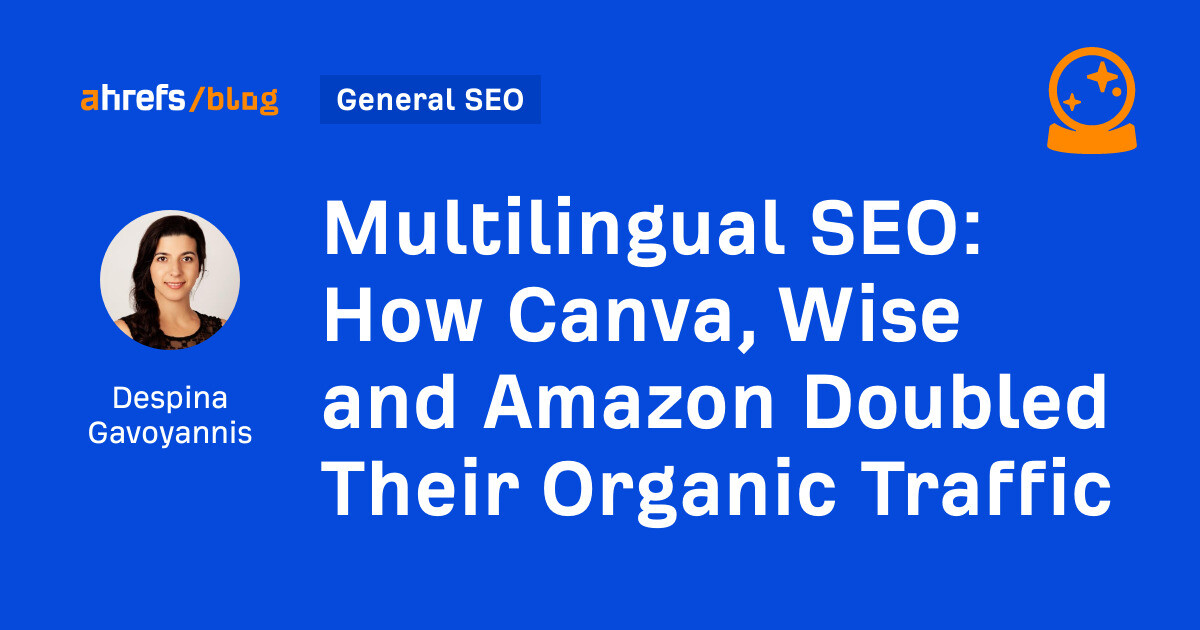
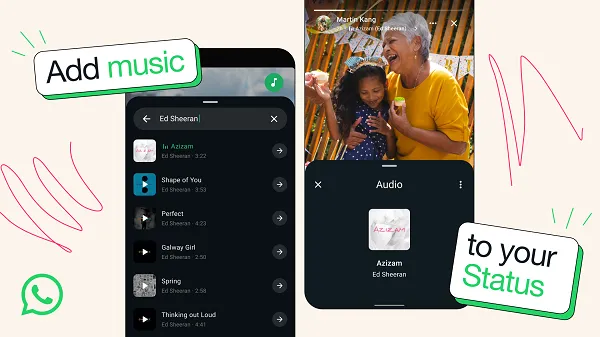
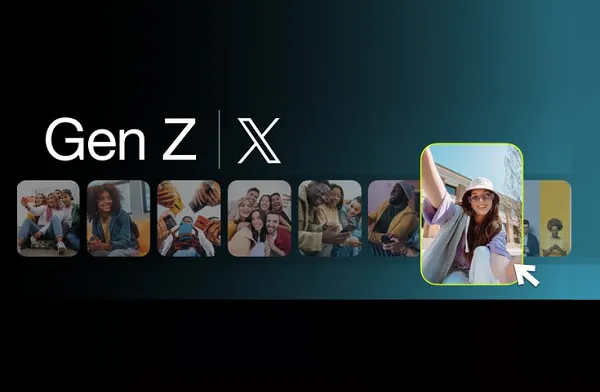

![Best times to post on Facebook in 2025 [Updated March 2025]](https://media.sproutsocial.com/uploads/2024/04/Best-times-to-post_2024_feat-img_fb.jpg)

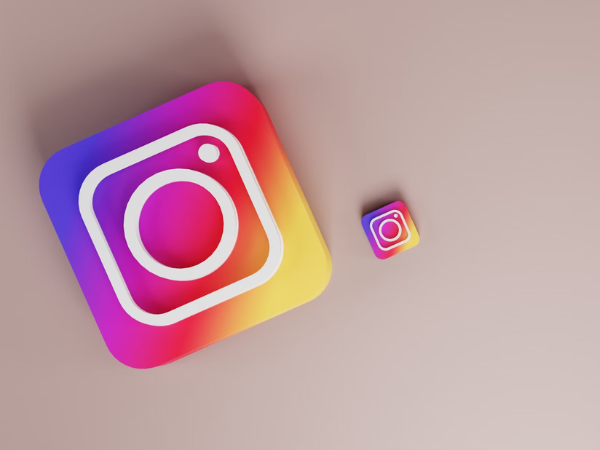

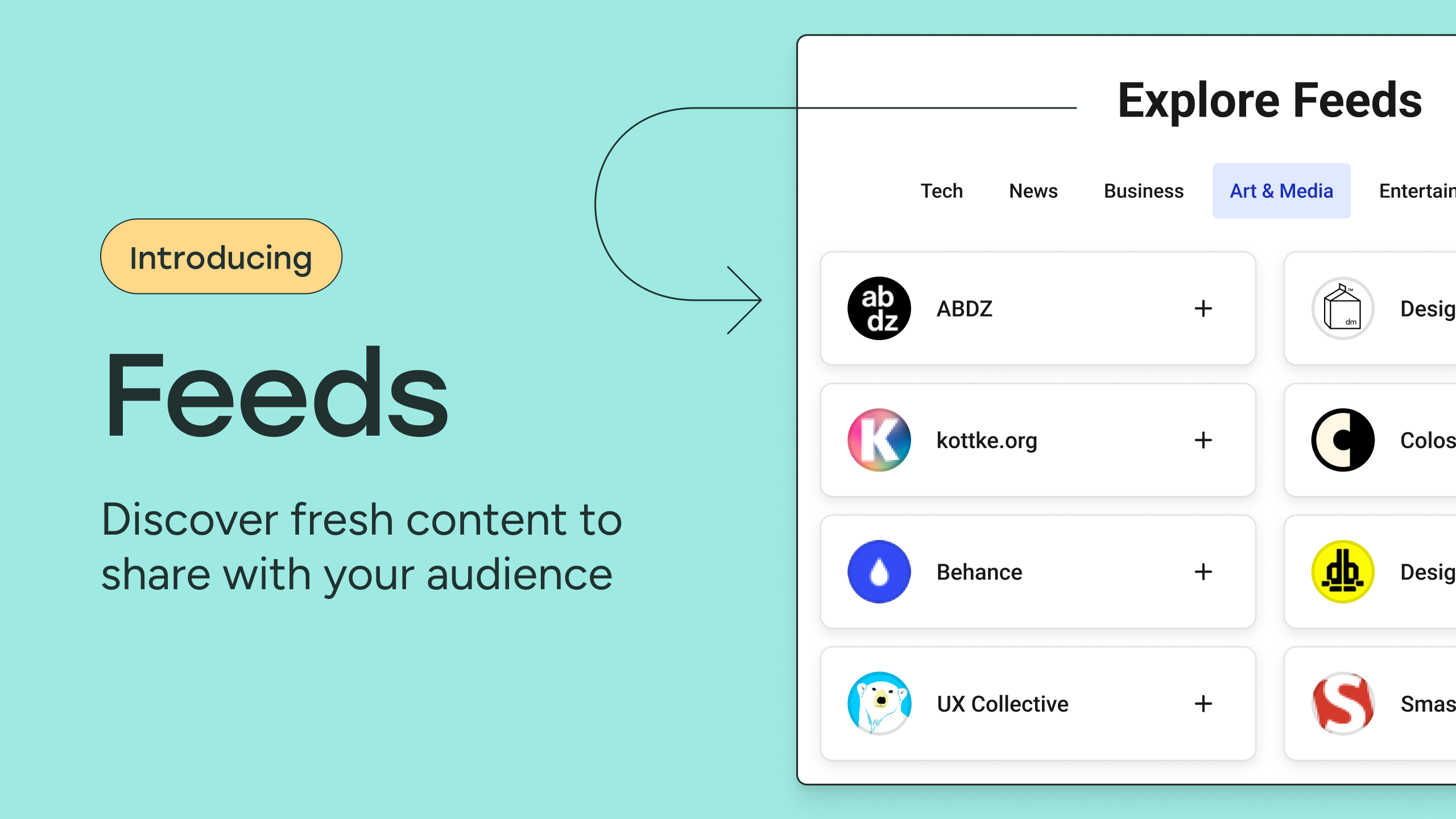






![311 Instagram caption ideas [plus free caption generator]](https://blog.hootsuite.com/wp-content/uploads/2022/07/instagram-captions-drive-engagement.png)

![How Conversion Funnels Create a Better Customer Journey [+ Tips to Optimize Yours]](https://www.hubspot.com/hubfs/Conversion%20Funnel.png)
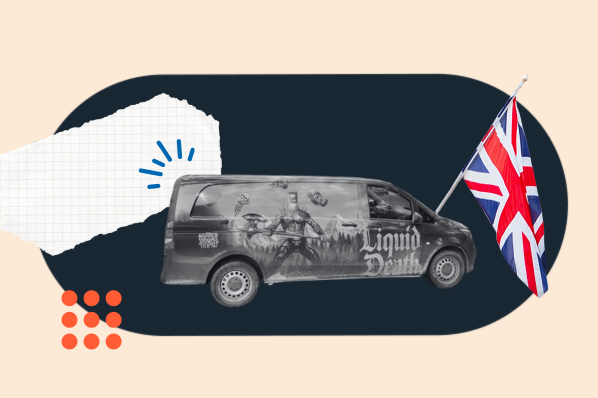
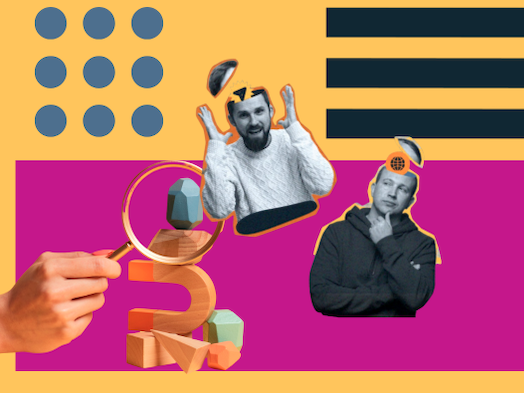
![How to Create a Complete Marketing Strategy [Data + Expert Tips]](https://www.hubspot.com/hubfs/marketing-strategy.webp)



